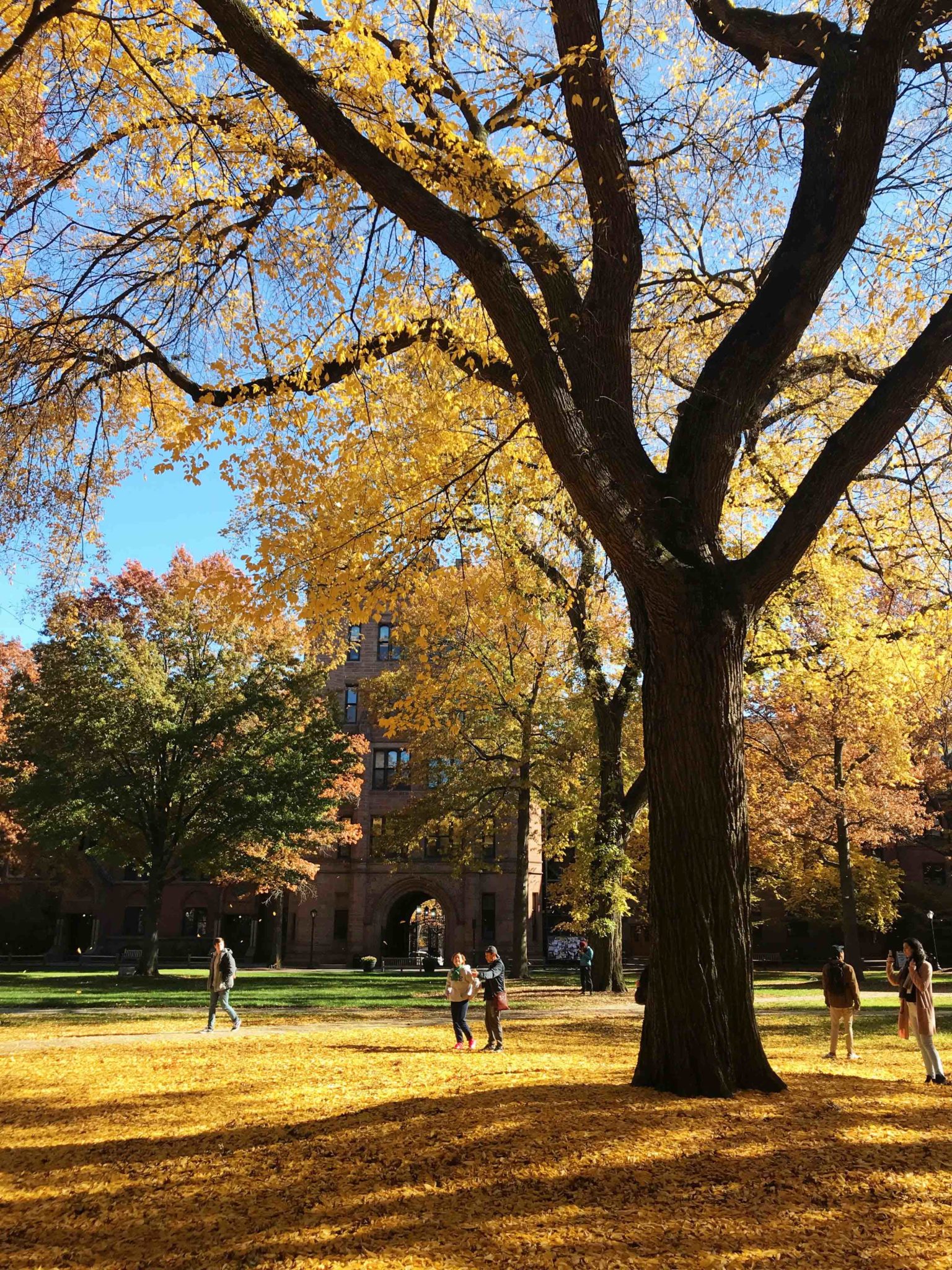
Madelyn Kumar
The Yale College term bill will increase by 3.8 percent, from $69,430 to $72,100, for the 2019–20 academic year, the University announced last Monday.
Tuition will rise from $53,430 to $55,500, and the cost of on-campus room and board will jump from $16,000 to $16,600. Over the past two decades, the term bill has increased at a rate similar to this year’s. According to the press release announcing the change, the level of the student effort — the amount of money students on financial aid are expected to contribute to their education — will remain constant for the fourth straight year.
“Although the cost of a Yale education changes each year, students receiving financial aid can rest assured that their Yale financial aid award will continue to meet their full demonstrated financial need,” said Director of Undergraduate Financial Aid Scott Wallace-Juedes.
For the 2000–01 academic year, at $32,880, Yale’s term bill was 55 percent lower in absolute terms than that of the coming school year, though inflation has accounted for the bulk of the difference. Tuition as well as room and board have been consistently increasing by roughly 4 percent annually since then, even through the 2008 financial crisis, which slashed the University’s endowment by 25 percent. Yale has said that it increases tuition and room and board to keep pace with inflation and University expenses.
Over the past years, Yale’s financial aid policies have expanded. Recently, the University also unveiled SafetyNet — an online system students can use to request funds in cases of emergency. In September, Dean of Yale College Marvin Chun said that through the new portal, students can request funds to cover emergency medical procedures, traveling costs for family emergencies and some academic expenses, among others.
“As Yale College becomes larger and more diverse, our commitment to affordability remains the same,” said Director of Financial Aid Caesar Storlazzi. “We are all grateful to Yale’s many donors for their generosity and Yale’s leadership for continuing to place need-based financial aid among the university’s top priorities.”
Even as the bill has continued to increase over the past years, Yale has shown a sustained interest in attracting low-income students. Over the past six years, the number of first-generation students in the first-year class has increased by 75 percent, and the number of students in the first-year class receiving Pell Grants — subsidies the federal government provides to students with financial need — has almost doubled.
Yale College Council President Saloni Rao ’20 told the News that her organization has been in conversation with Dean of Undergraduate Admissions and Financial Aid Jeremiah Quinlan and Wallace-Juedes, with the aim of looking at financial aid packages that continue to make Yale as affordable as possible for students. She aims to increase financial aid and financial aid literacy.
“Even as tuition increases, [administrators] are trying to do what they can to make Yale as financially accessible as possible,” she said.
The annual student effort totals $5,950 for most students.
Skakel McCooey | skakel.mccooey@yale.edu







